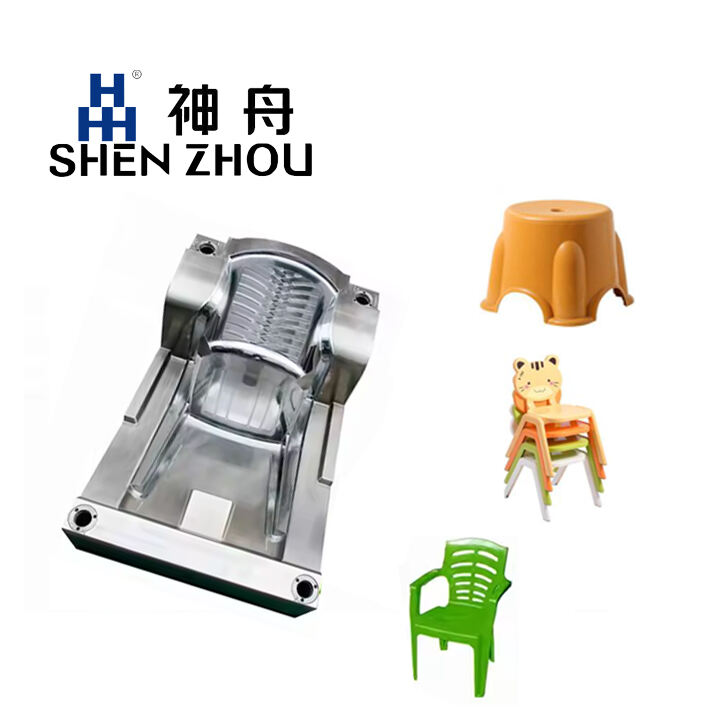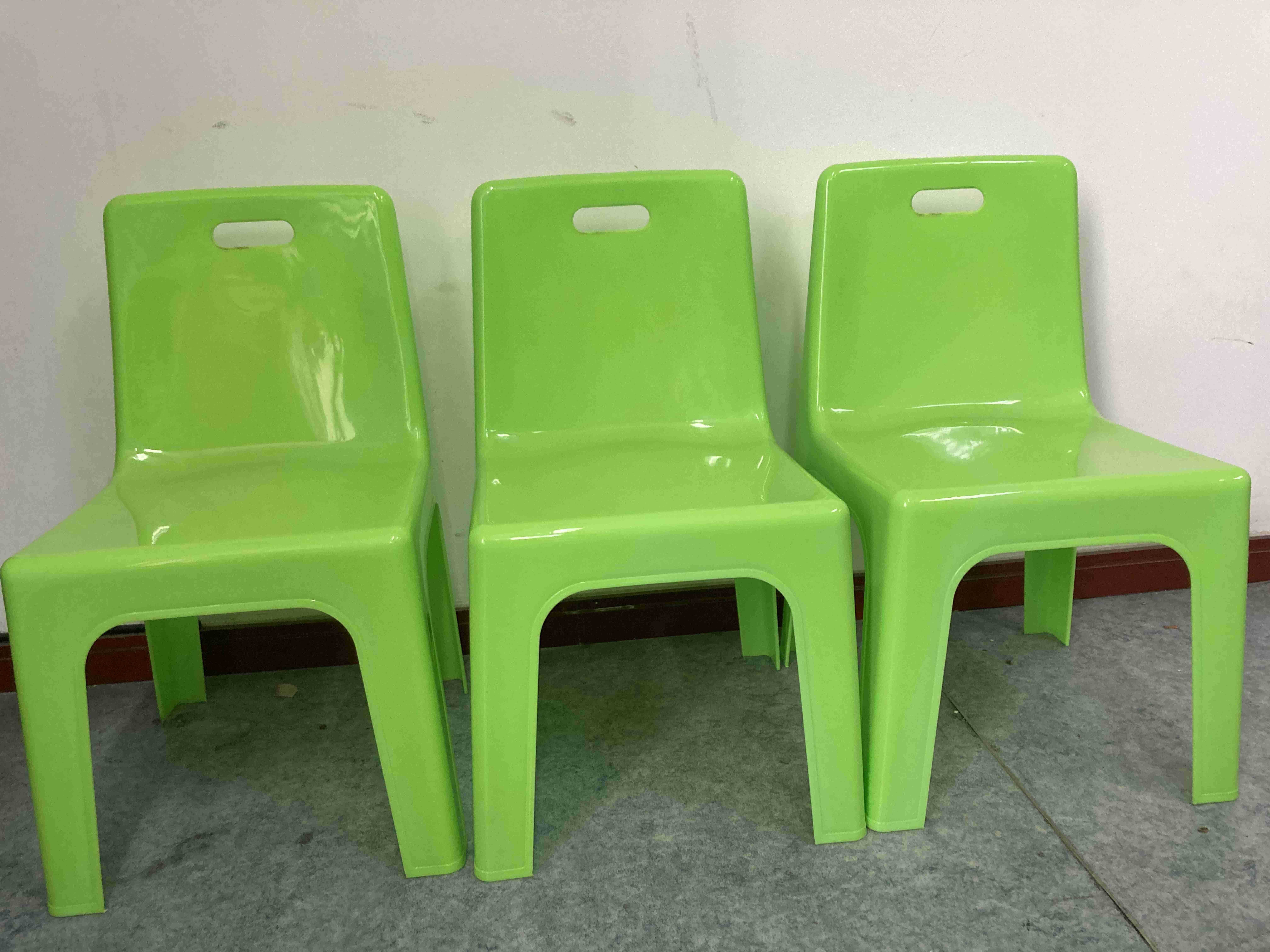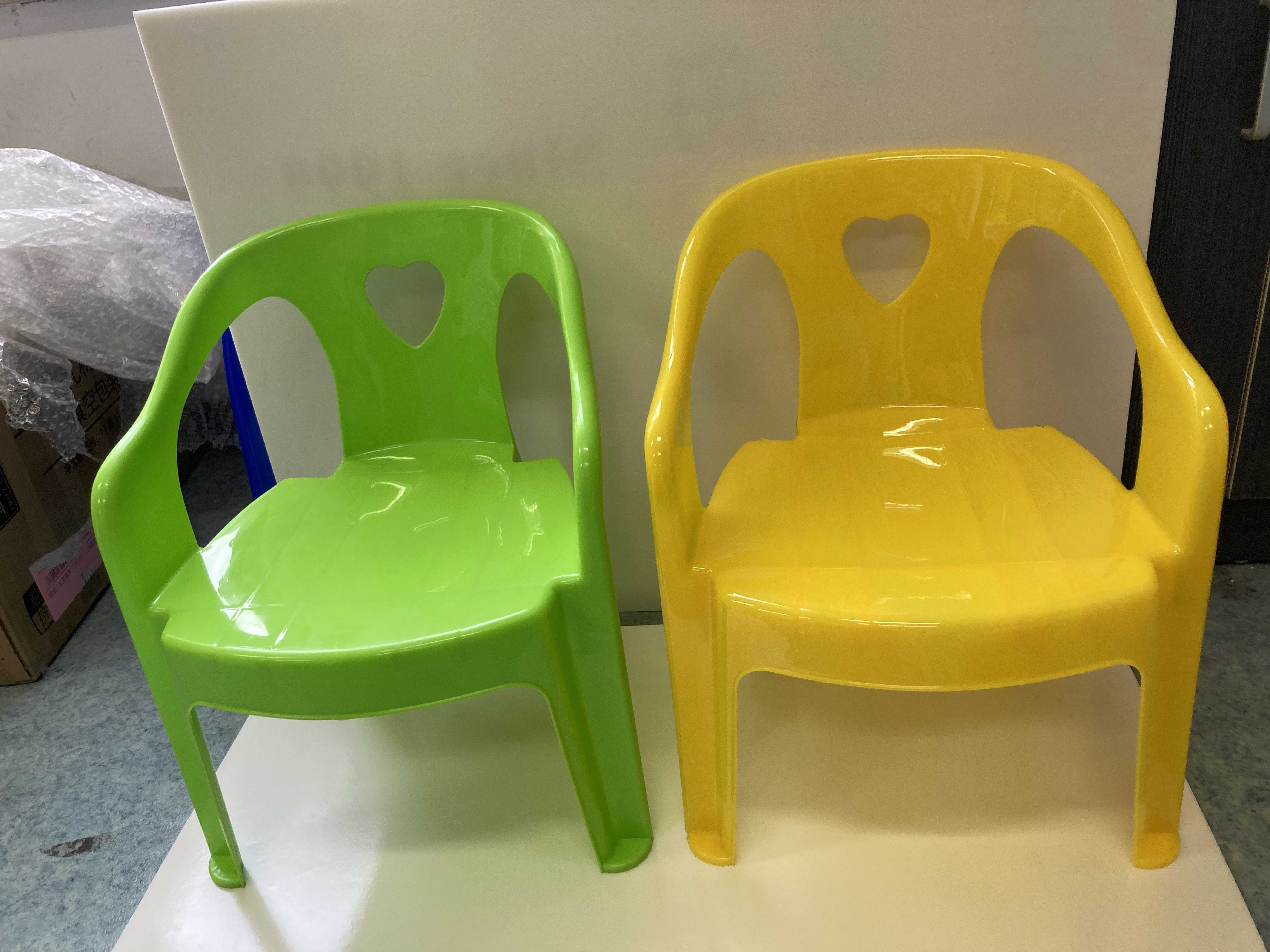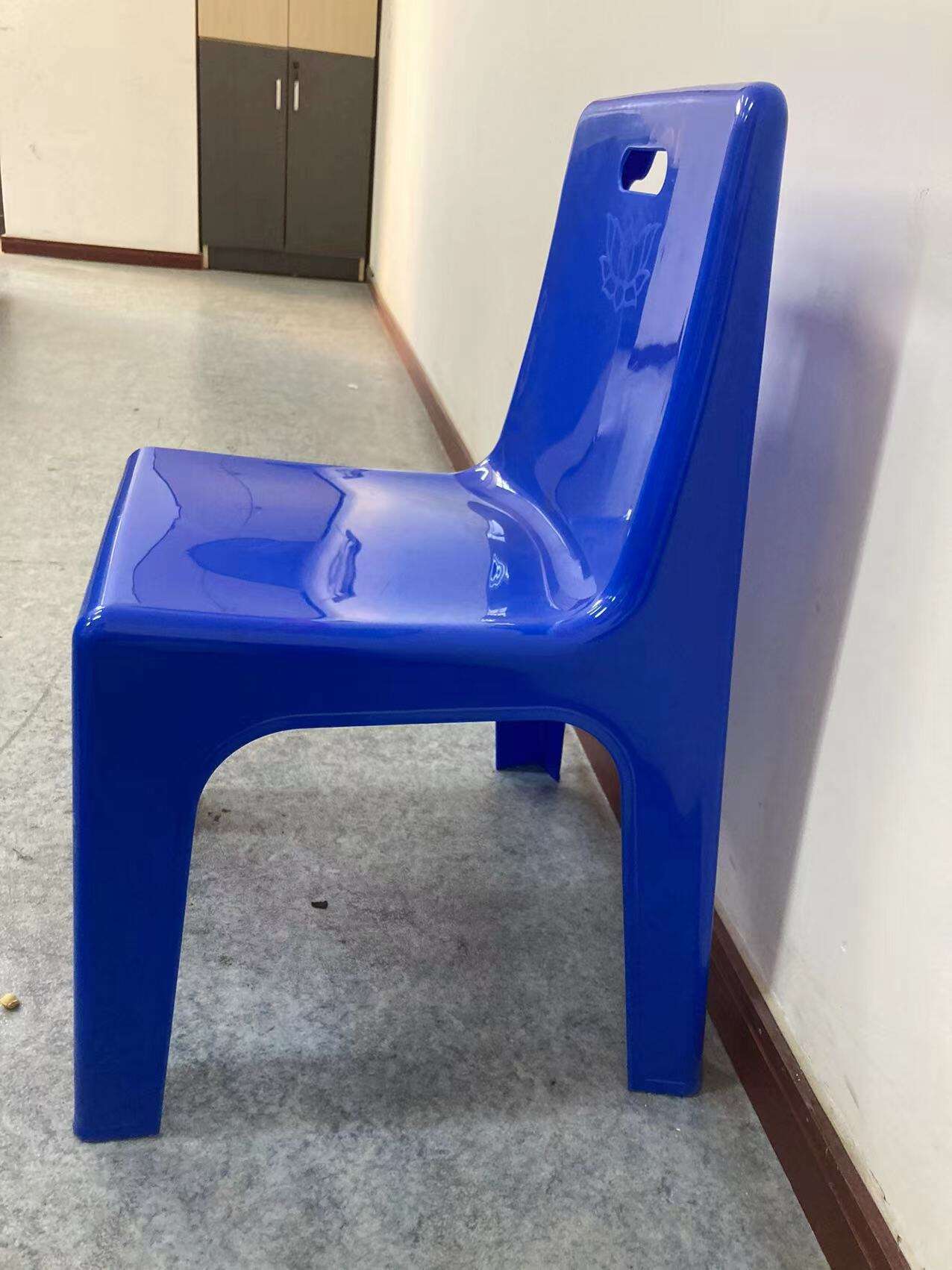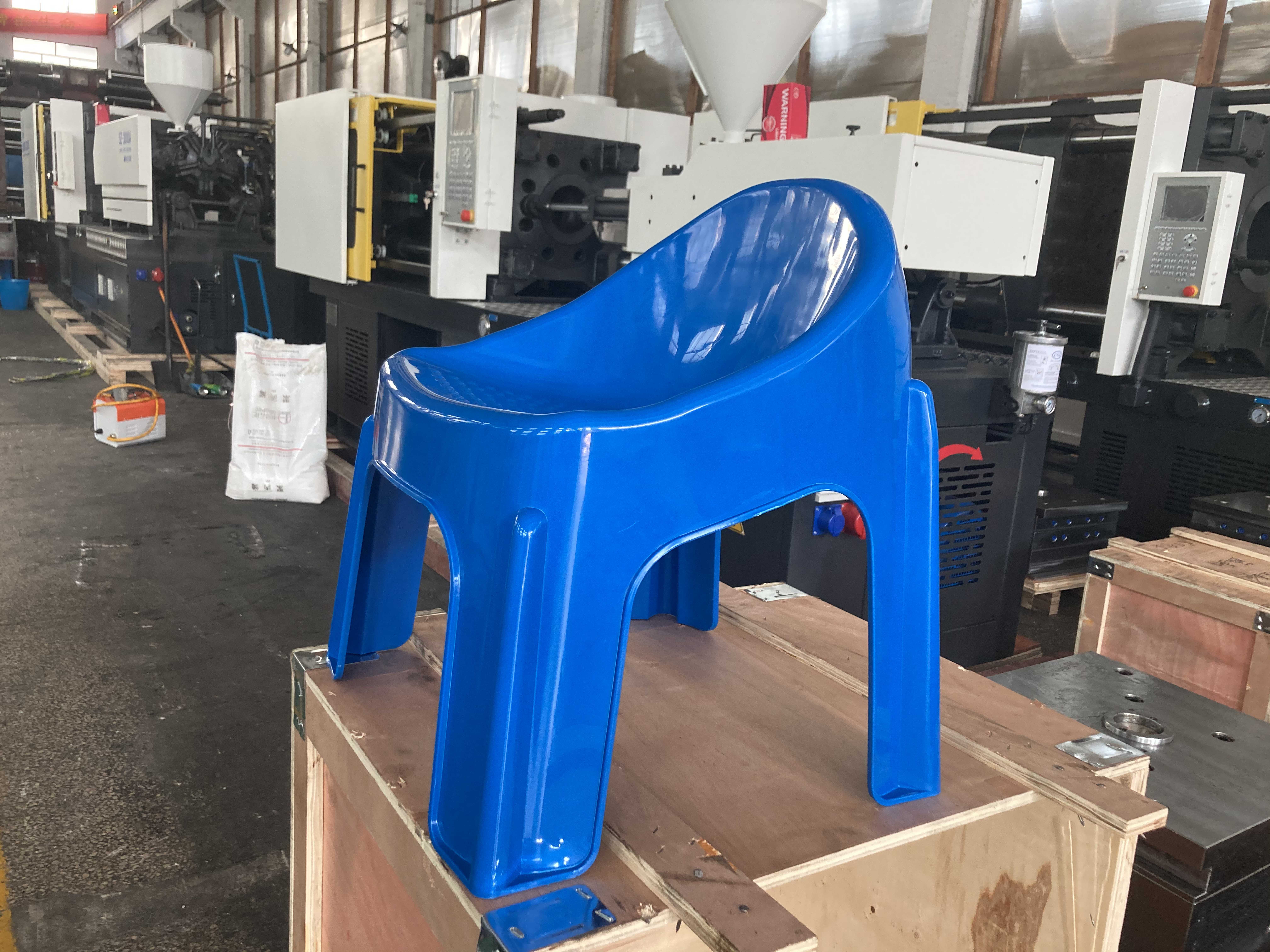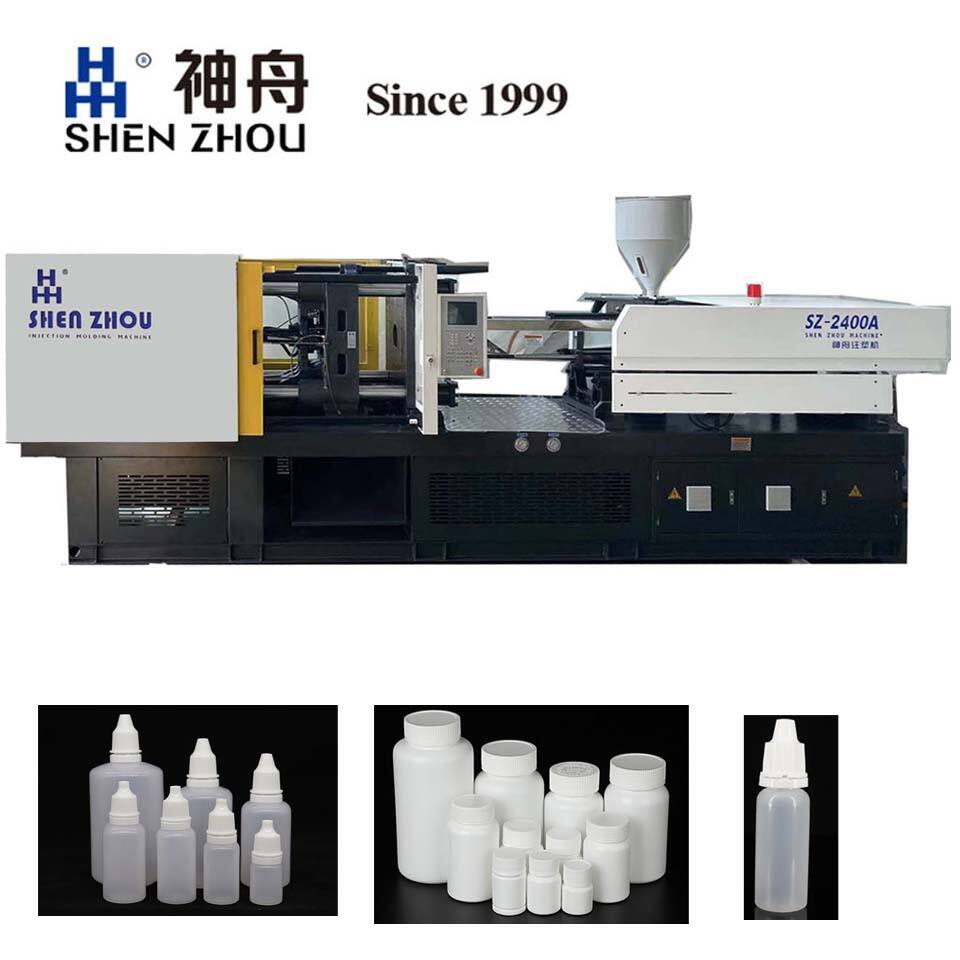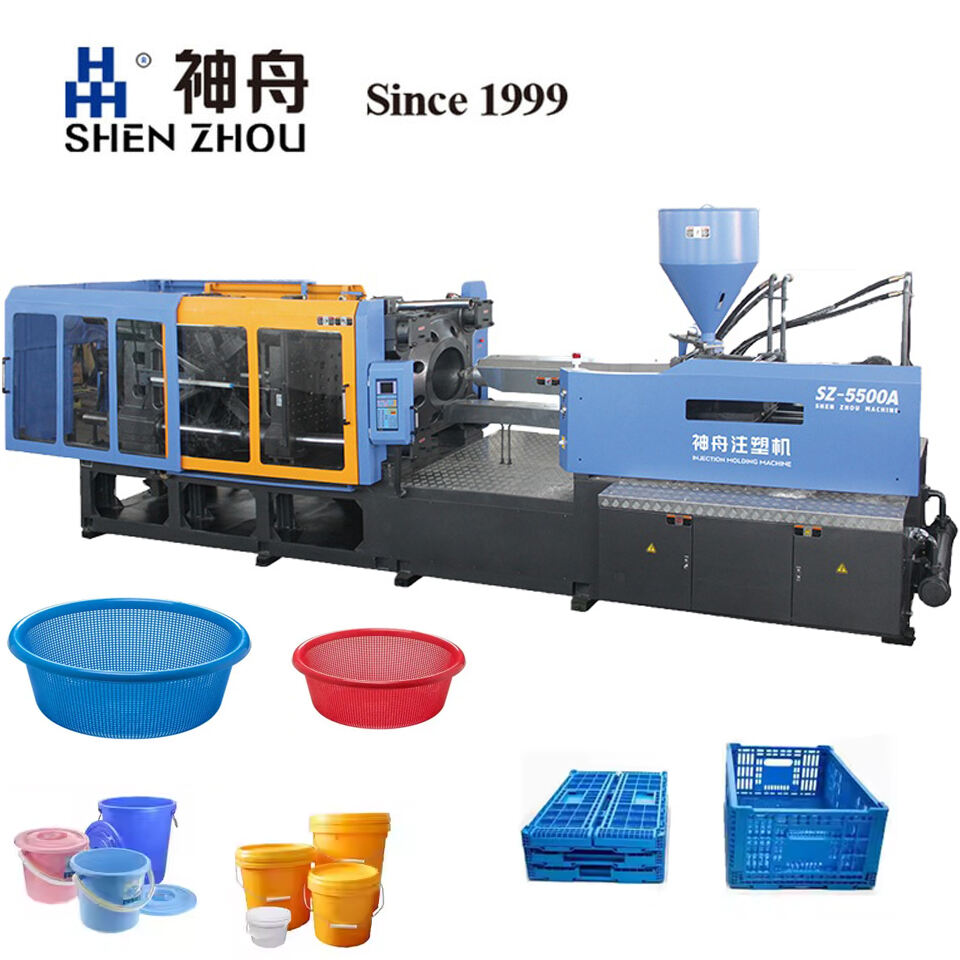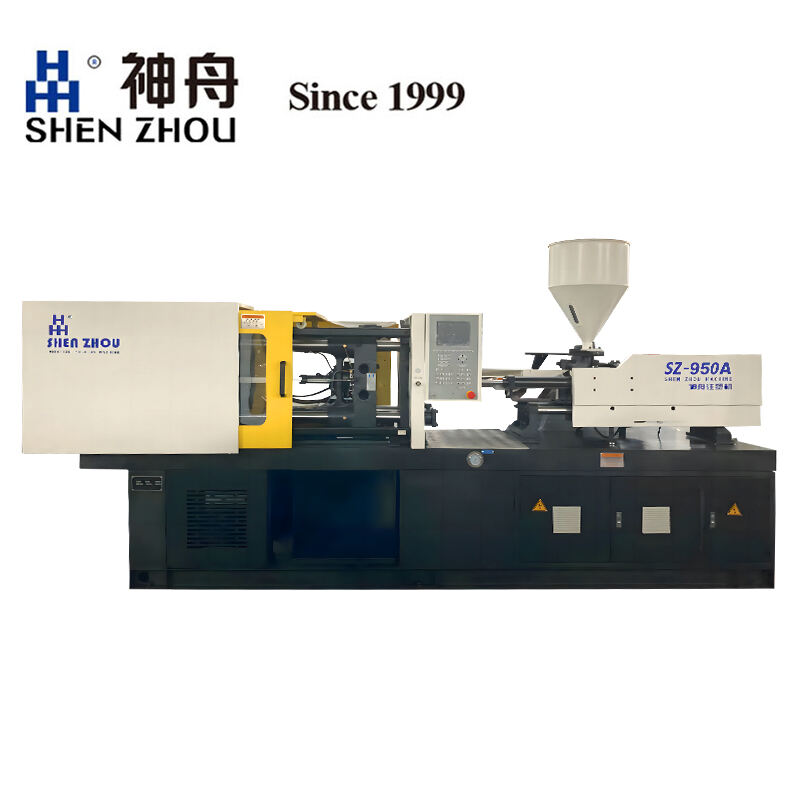Description
The robustness of injection molding chair molds directly affects product quality, production efficiency, and mold lifespan. It is necessary to enhance the mold from multiple aspects such as material selection, structural design, processing technology, heat treatment, and maintenance. The following are key points and practical suggestions:
I. High-strength material selection for molds
1. Core material performance requirements
Core indicators:
Hardness: The surface hardness of the mold cavity should reach HRC 50-55 (wear-resistant), and the overall strength should be ≥800MPa (resistant to clamping pressure).
Corrosion resistance: Plastic melt may release trace amounts of acidic gases (such as HCl from PVC decomposition), so corrosion-resistant steel should be selected.
Toughness: To prevent cracking of the mold under impact loads (such as stress when the chair legs and other thick-walled parts are ejected).
Recommended steel grades:
Application scenarios Recommended steel Characteristics and treatment methods
Ordinary household chair molds S136 (Sandvik, Sweden) High corrosion resistance, suitable for PP/PE materials, requires nitriding treatment
High-strength industrial chair molds H13 (Finkl, USA) High thermal strength, suitable for glass fiber reinforced materials, requires quenching + tempering
High-volume molds 2316 (Gleit, Germany) Excellent wear resistance, suitable for multi-cavity molds
2. Material purity control
Avoid using recycled steel or low-purity steel (sulfur content ≤0.03%, phosphorus content ≤0.035%), and prefer vacuum-melted steel (reduces porosity and inclusions).
II. Mechanical optimization of structural design
1. Strengthening of the mold frame
Template thickness:
The thickness of the fixed and moving templates should be ≥1.5 times the maximum product size (e.g., for a chair height of 800mm, the template thickness should be ≥1200mm) to prevent deformation during clamping.
Adding support columns: Place support columns (diameter ≥50mm) every 300-500mm under the moving template to share the clamping force (clamping force = projected area of the product × 30-50MPa).
Guide pin / guide sleeve design:
The diameter of the guide pin should be ≥30mm (adjust according to the mold size), and the length should be 50-100mm longer than the cavity depth to avoid eccentric wear.
The guide sleeve should be made of self-lubricating materials (such as copper alloy with embedded graphite), with a fit clearance ≤0.02mm to prevent damage during clamping.
2. Reinforcement of the cavity and core
Stress-bearing parts such as chair legs:
Use an embedded structure: Process the chair leg core separately and embed it in the template (non-integral), making it easier to replace in case of wear (cost reduction of 30%).
Thicken the core root (thickness ≥2 times the product wall thickness) and design a fillet (R≥3mm) to eliminate stress concentration.
Thin shell areas of the chair seat:
The surface roughness of the cavity should be Ra≤0.8μm (reduces melt flow resistance), but excessive polishing should be avoided to prevent a decrease in surface hardness.
For large chair seats, add reinforcing ribs (depth 10-15mm, spacing 50-80mm) on the back of the cavity to enhance the anti-deformation ability.
3. Mechanical compatibility of the cooling system
The distance between the cooling water channels and the cavity wall should be ≥2 times the wall thickness (e.g., for a wall thickness of 3mm, the distance should be ≥6mm) to avoid weakening the mold strength due to drilling.
Use metal hoses + flange connections for water pipe joints (pressure resistance ≥10MPa) to prevent mold rust caused by high-pressure cooling water leakage.


